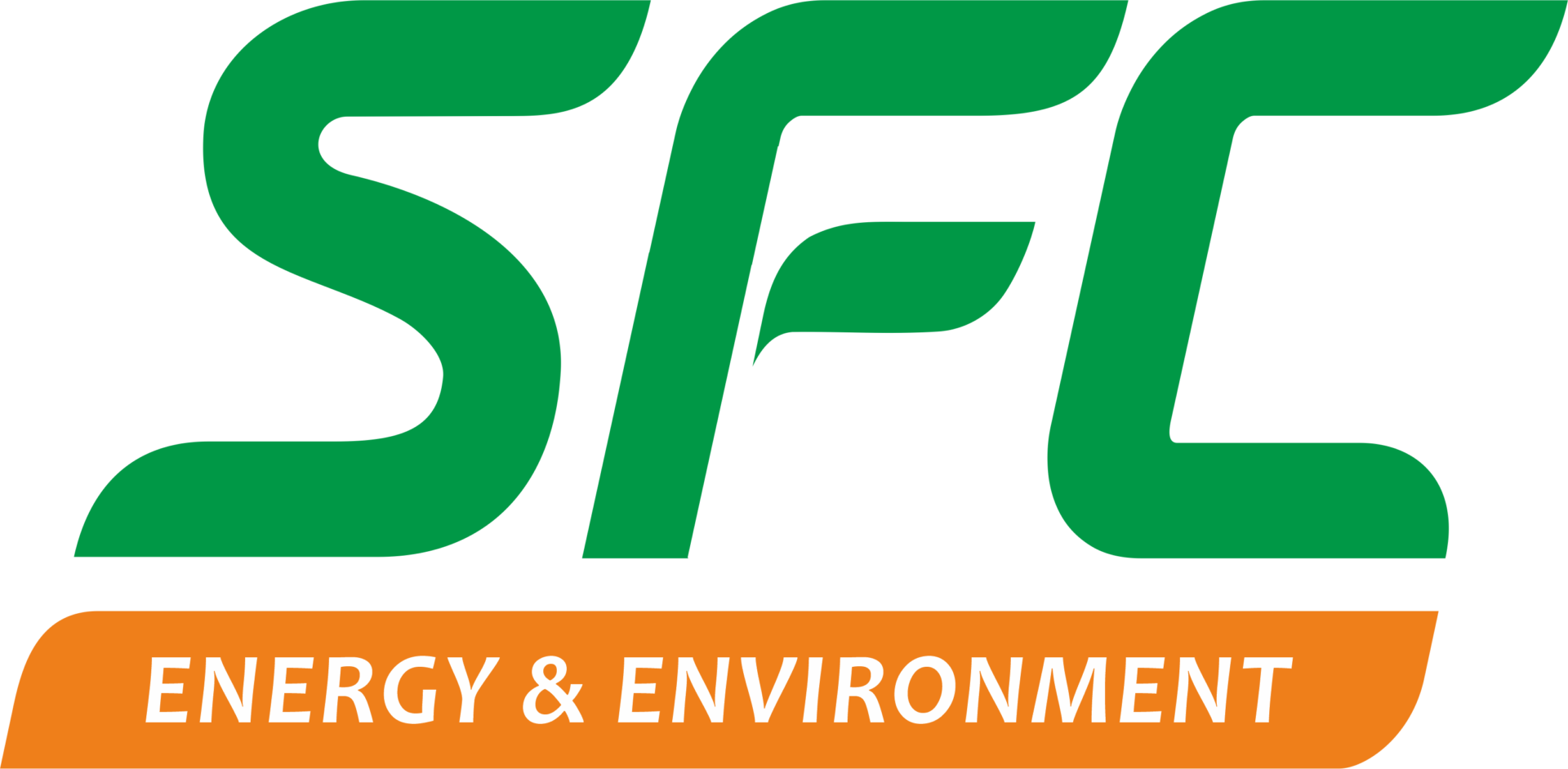India’s rapid urbanization and population growth have led to an unprecedented increase in waste generation. Recognizing the pressing need for a structured approach to waste management, the Government of India introduced the Solid Waste Management Rules, 2016. These rules have since become a cornerstone in reshaping the country’s waste treatment landscape, emphasizing sustainability, inclusivity, and technological advancement (MoEFCC).
Understanding the Solid Waste Management Rules, 2016
The Solid Waste Management Rules, 2016 marked a significant shift from previous regulations by broadening the scope to include urban agglomerations, census towns, notified industrial townships, and areas under the control of Indian Railways. Key features of these rules include:
- Segregation at Source: Mandating the segregation of waste into biodegradable, non-biodegradable, and hazardous categories at the point of generation.
- Inclusion of the Informal Sector: Recognizing and integrating waste pickers and informal waste collectors into the formal waste management system.
- Extended Producer Responsibility (EPR): Holding producers responsible for the collection and disposal of their products post-consumption (CPCB).
- Decentralized Waste Management: Encouraging local bodies to adopt decentralized approaches, promoting waste processing at the community level.
These provisions aim to reduce the burden on landfills, promote recycling, and ensure the efficient management of waste across the country (MoEFCC).
The Current Landscape of Waste Management in India
Despite the comprehensive framework provided by the 2016 rules, challenges persist:
- Inadequate Infrastructure: Many municipalities lack the necessary infrastructure for effective waste collection, transportation, and processing.
- Low Public Awareness: A significant portion of the population remains unaware of proper waste segregation practices, leading to mixed waste streams that are harder to process.
- Financial Constraints: Limited financial resources hinder the implementation of advanced waste treatment technologies and the maintenance of existing facilities (Trade.gov, 2023).
However, these challenges have also spurred innovation and the adoption of new technologies to bridge the gaps in the waste management ecosystem.
Technological Innovations Driving Change
The need for efficient waste treatment has led to the development and adoption of various technologies:
- Advanced Wastewater Treatment Technologies: Innovations in wastewater treatment methods have enabled the recycling and reuse of water, reducing the strain on freshwater resources.
- Activated Sludge Technology: This method, including activated sludge process technology sewage treatment, has been instrumental in treating industrial and municipal wastewater, ensuring that effluents meet environmental standards. According to the United Nations Environment Programme, these techniques contribute significantly to minimizing water pollution.
- Waste-to-Energy Solutions: Converting municipal solid waste into energy not only reduces the volume of waste but also provides an alternative energy source.
- Decentralized Composting Units: Promoting composting at the community level helps manage solid waste effectively and produces organic fertilizers for agricultural use.
These technologies are pivotal in transforming India’s waste management landscape, making it more sustainable and efficient.
Case Study: Goa’s Approach to Waste Management
Goa has emerged as a notable example in the implementation of effective waste management practices. The state has invested in wastewater treatment plants and garbage treatment plants, ensuring that both liquid and solid wastes are treated efficiently. By adopting advanced technology for wastewater treatment, Goa has not only improved sanitation but also set a benchmark for other states to follow.
The Role of Environmental Companies in Advancing Waste Treatment
Environmental companies play a crucial role in supporting the objectives of the Solid Waste Management Rules, 2016. By offering innovative solutions and technologies, these companies assist municipalities and industries in managing waste more effectively. For instance, companies specializing in solid waste treatment technologies and wastewater recycling provide the necessary expertise and infrastructure to handle complex waste streams.
Aligning with Global and National Standards
From India’s Pollution Control Board mandates to international frameworks like the UN Sustainable Development Goals (SDGs), aligning with environmental standards has become essential for operational and reputational success. These standards not only ensure compliance but also bolster an organization’s credibility among ESG-focused investors (UN SDGs).
Furthermore, India’s Ministry of Environment, Forest and Climate Change has emphasized sustainable practices through its National Action Plan on Climate Change and related environmental policies. Compliance with these government initiatives ensures that businesses contribute to national climate and environmental goals while enhancing their long-term sustainability.
Conclusion
The Solid Waste Management Rules, 2016, have laid a robust foundation for India’s journey towards sustainable waste management. While challenges remain, the collaborative efforts of government bodies, environmental companies, and the public are driving positive change. Embracing technological innovations, fostering public awareness, and ensuring strict compliance with regulations will be key to shaping a cleaner and healthier future for India.



